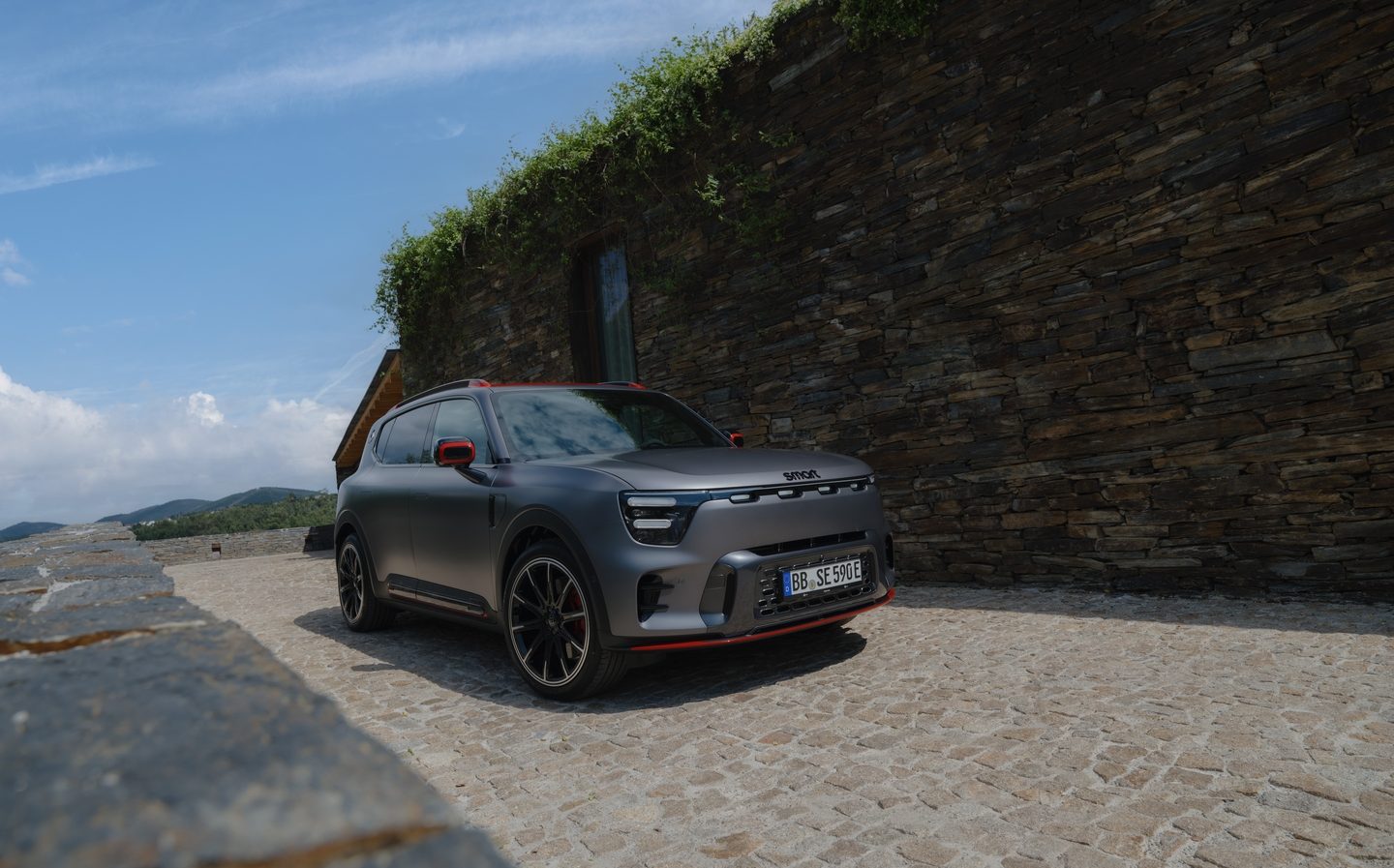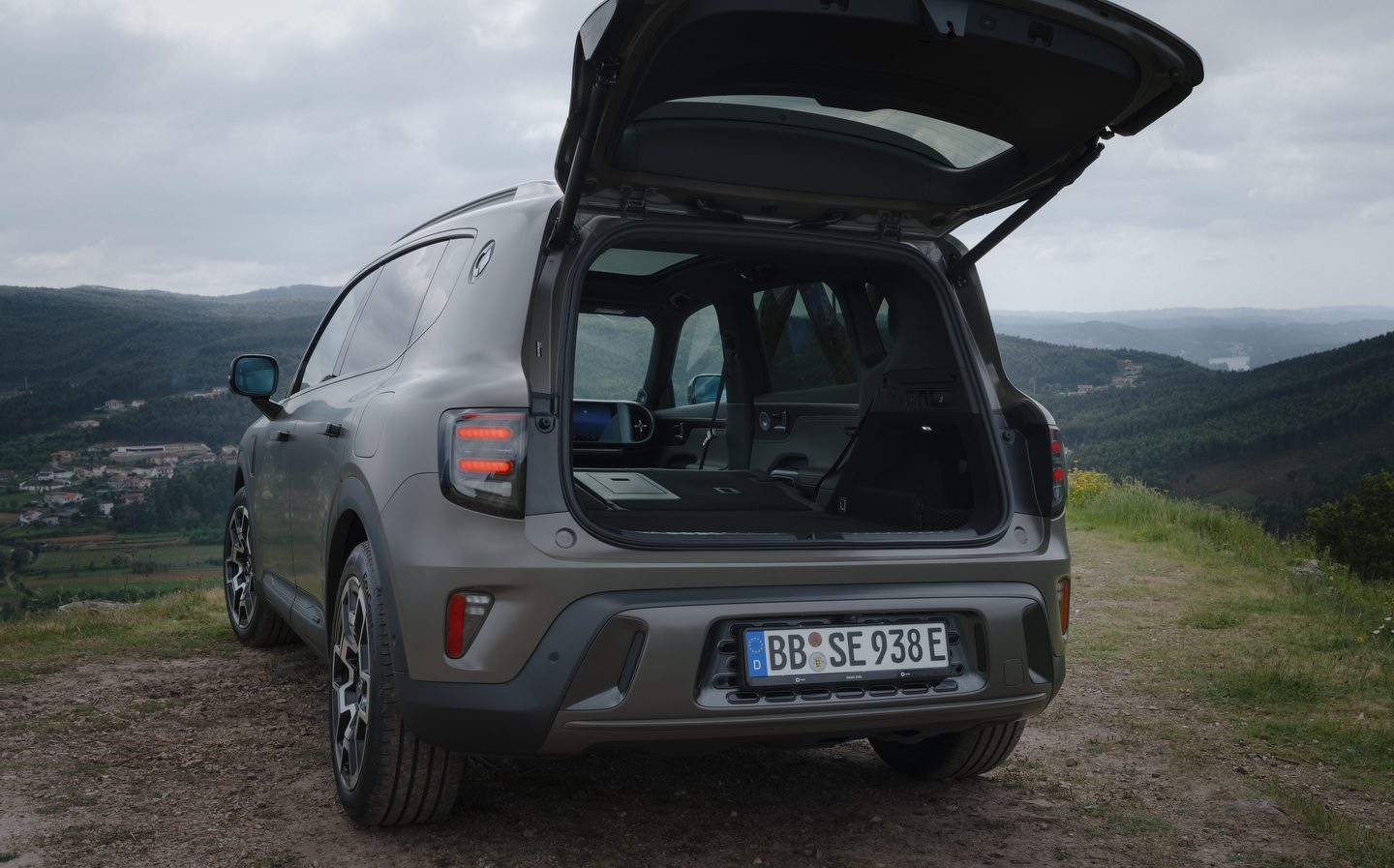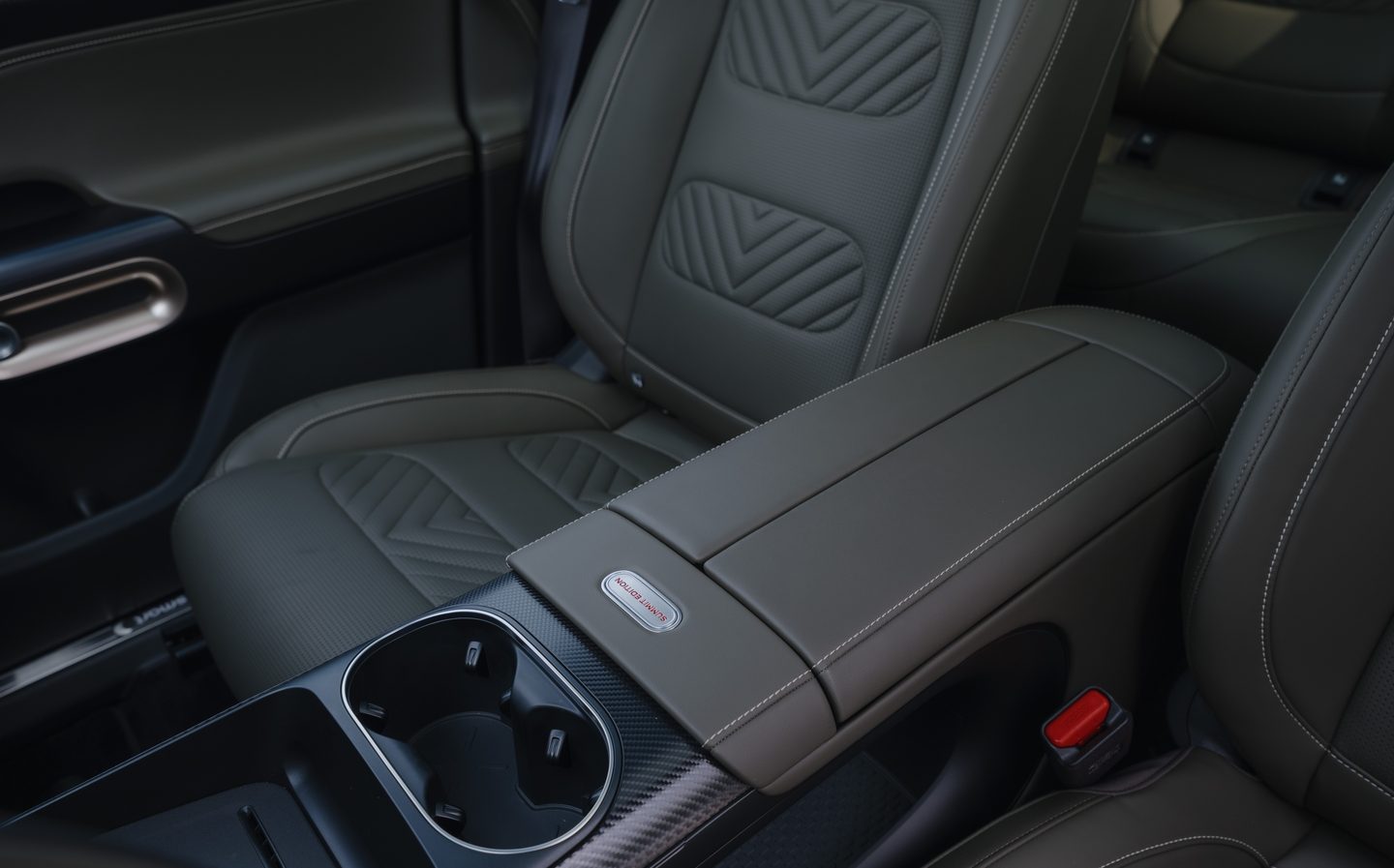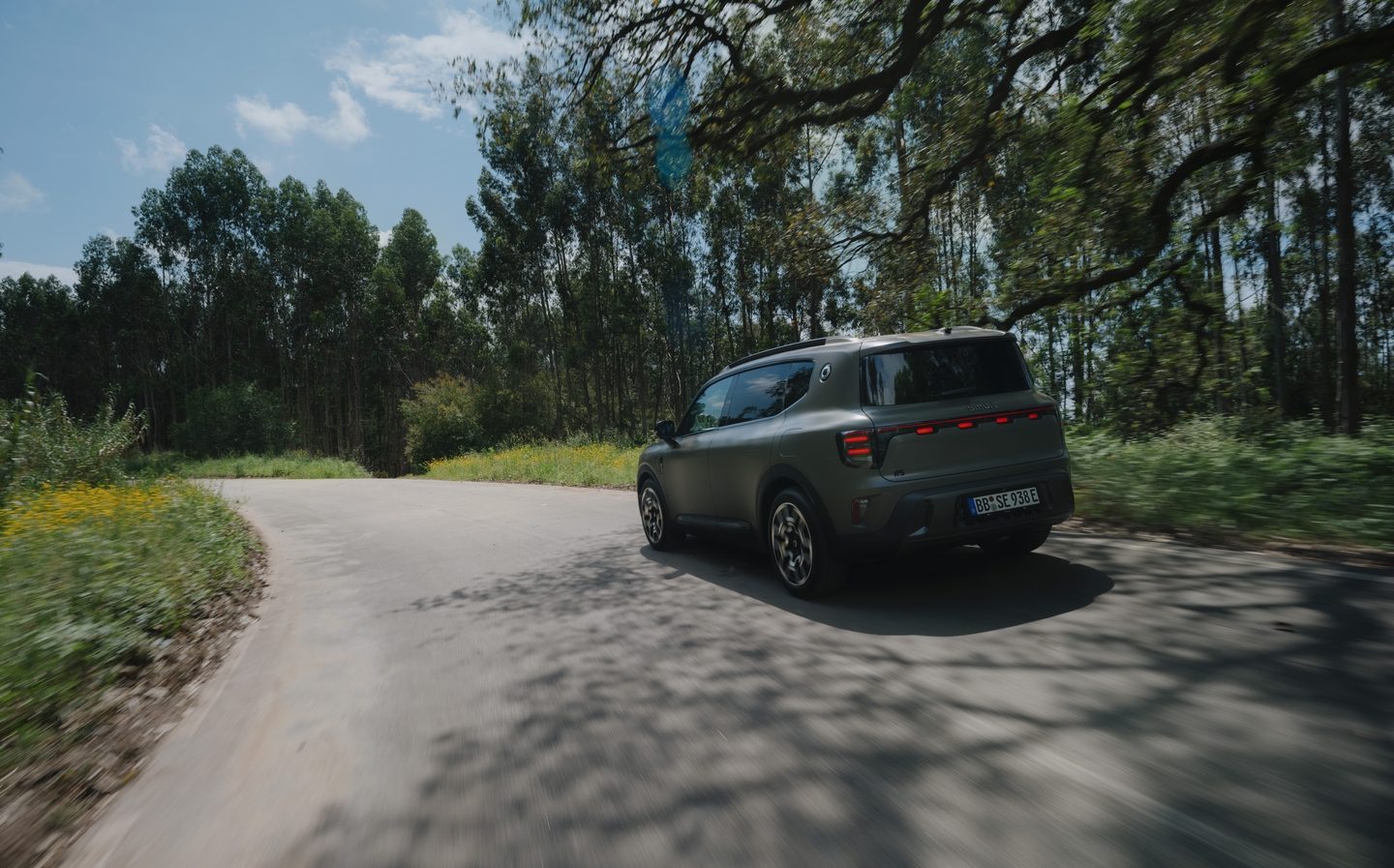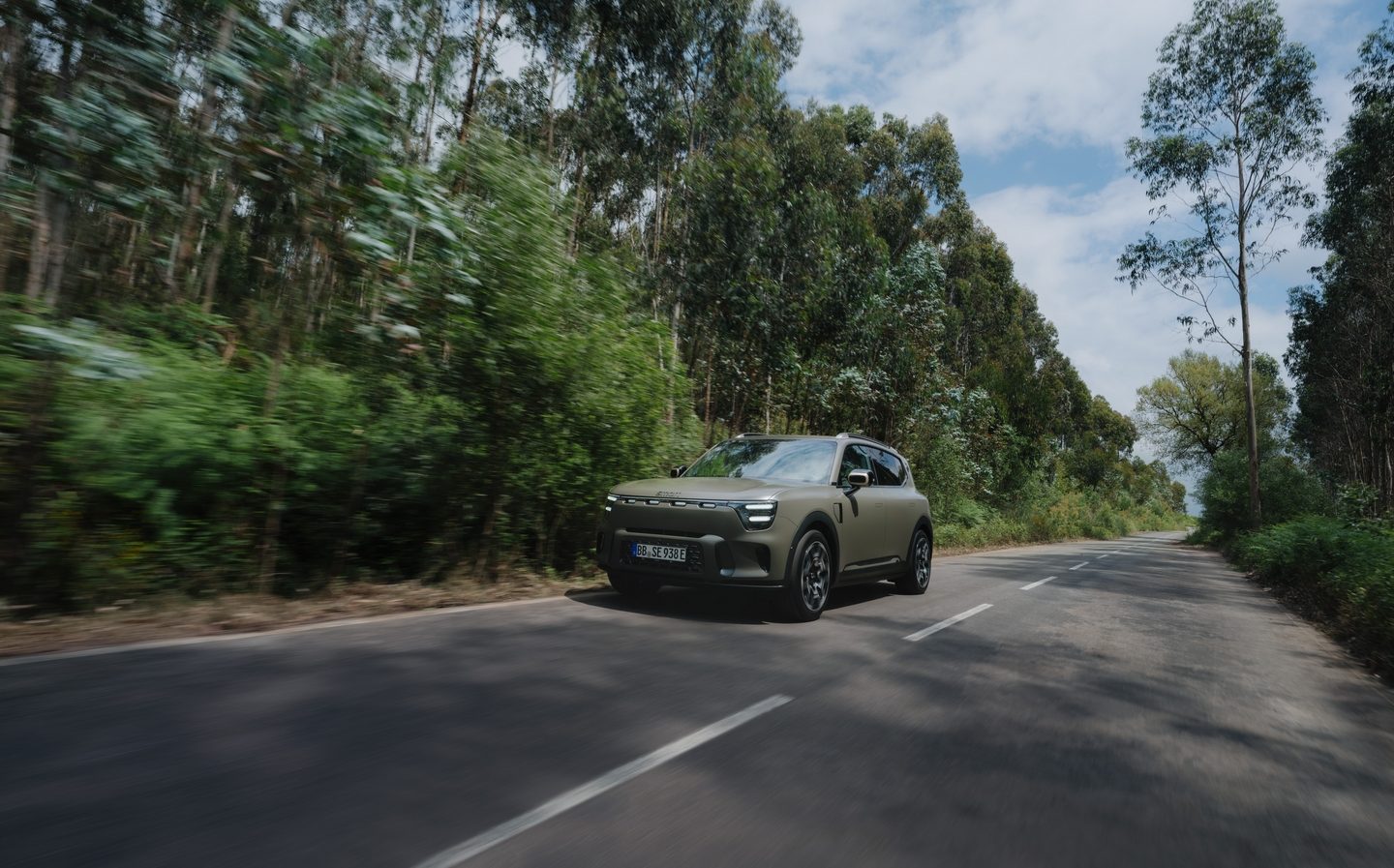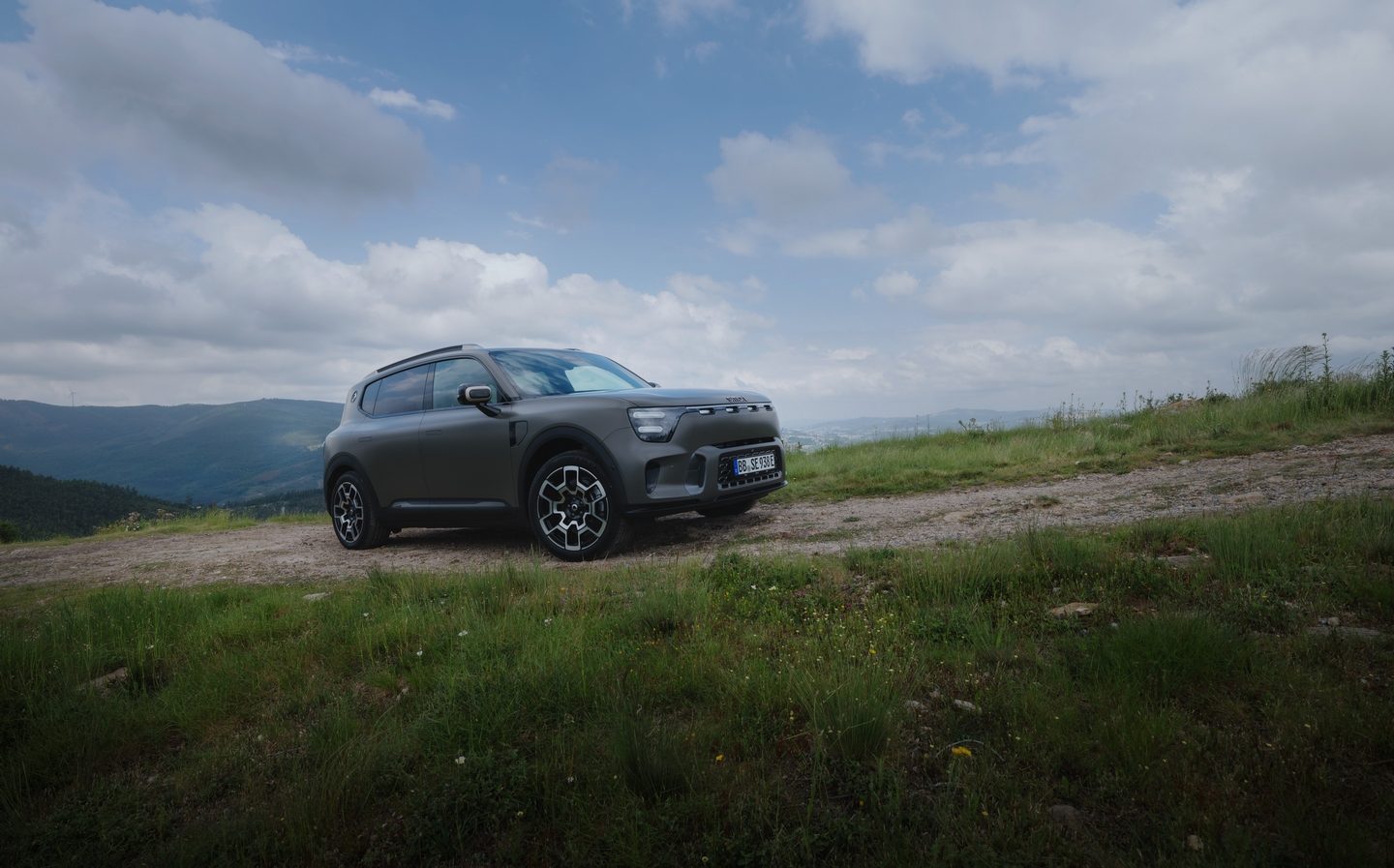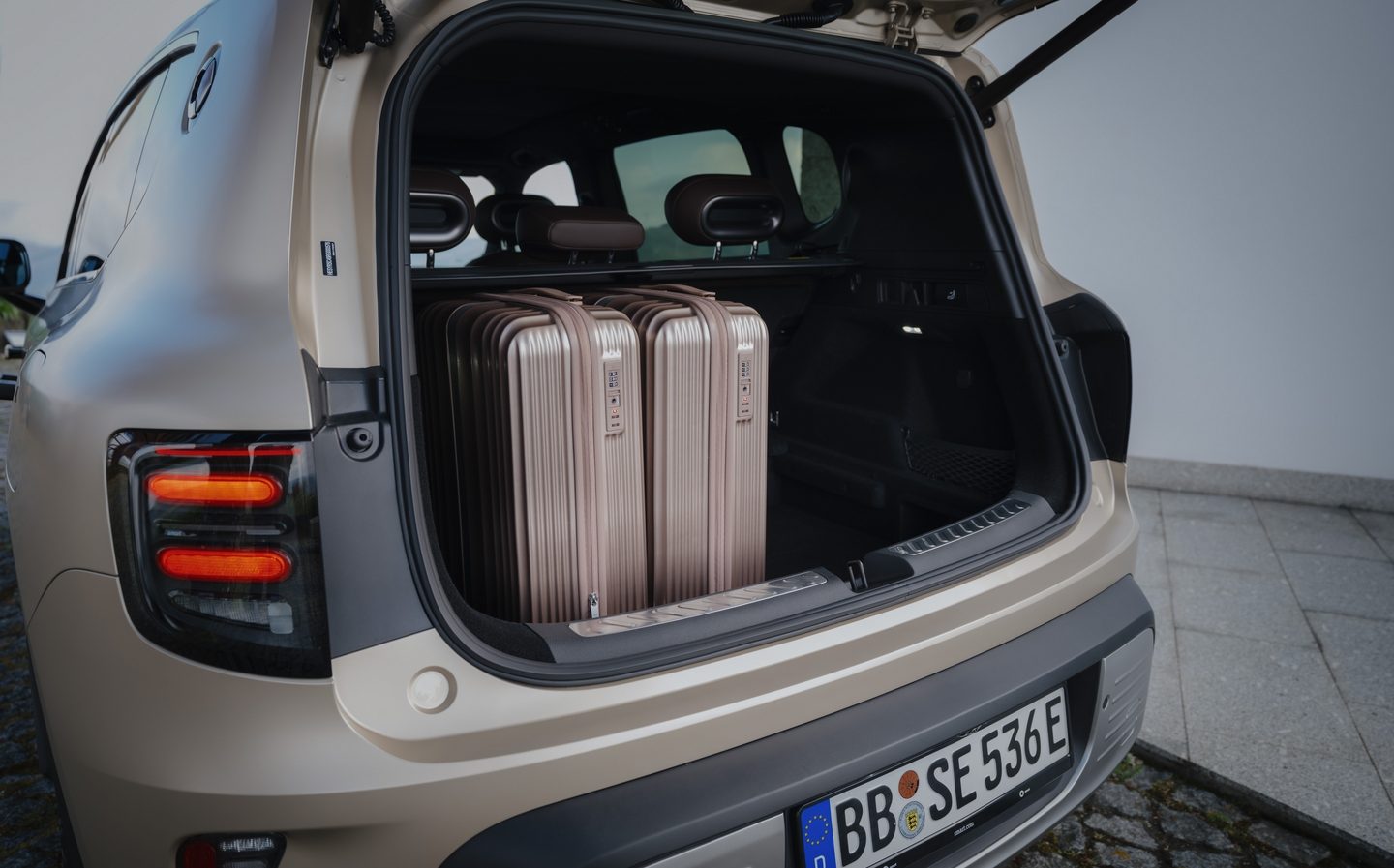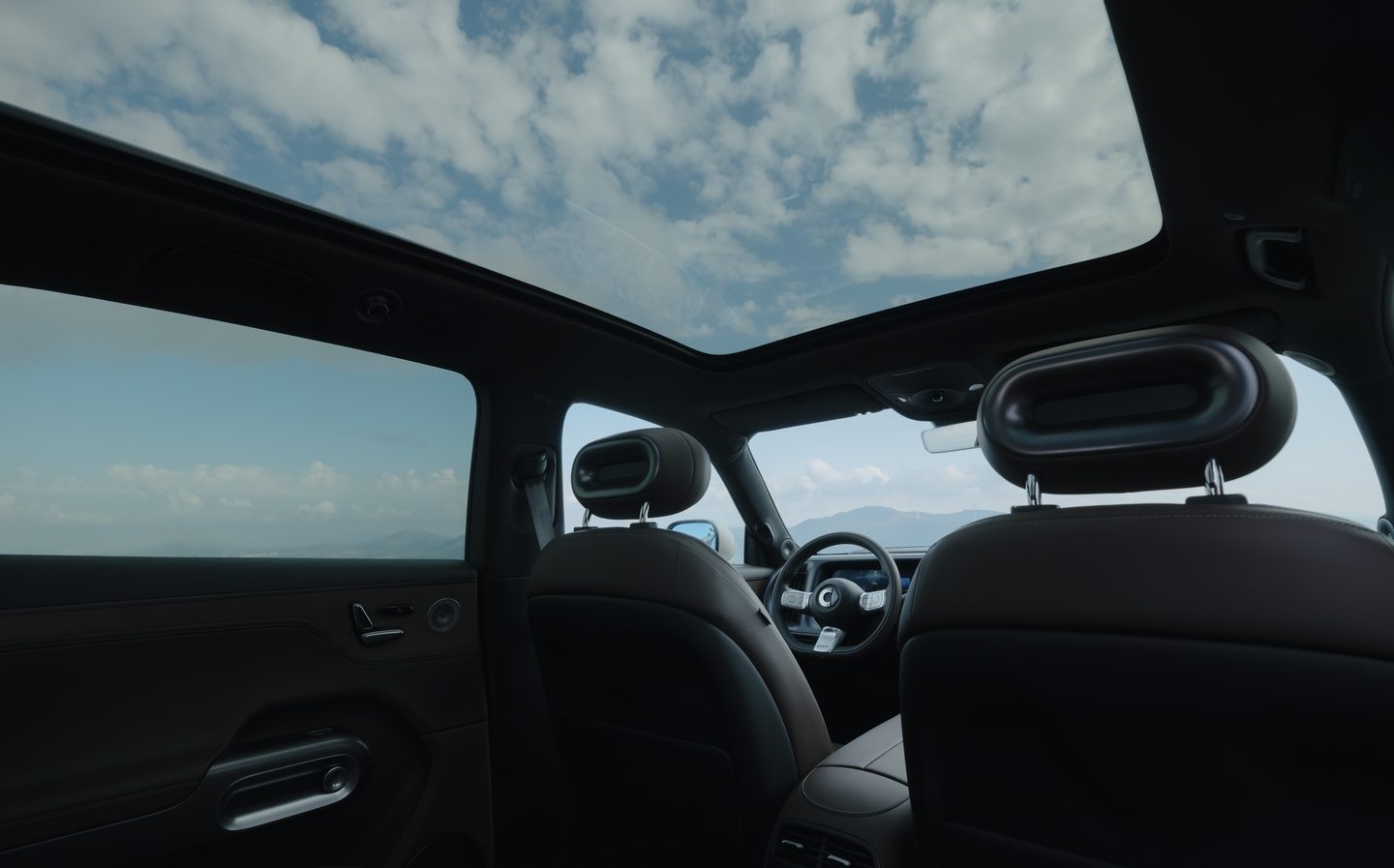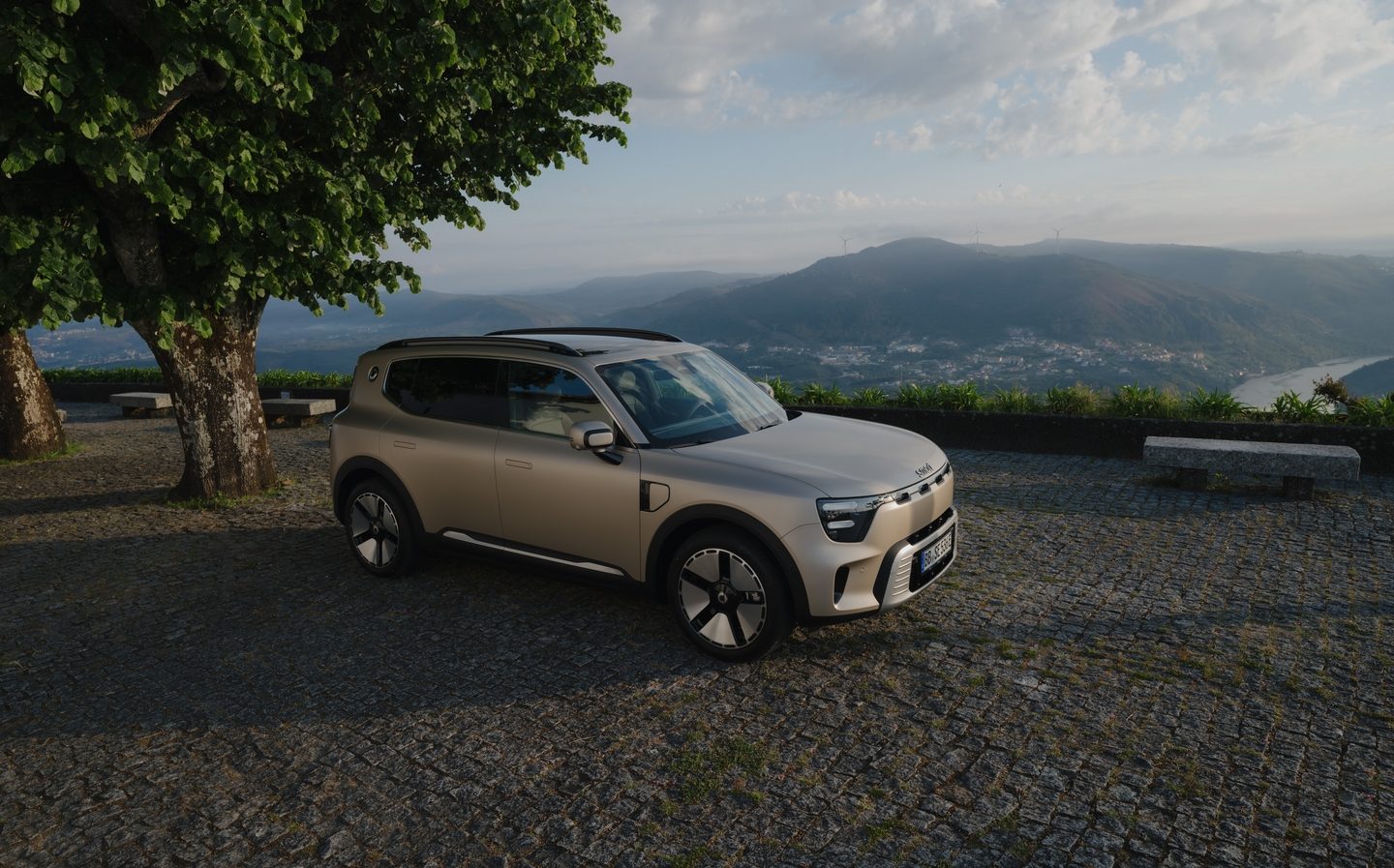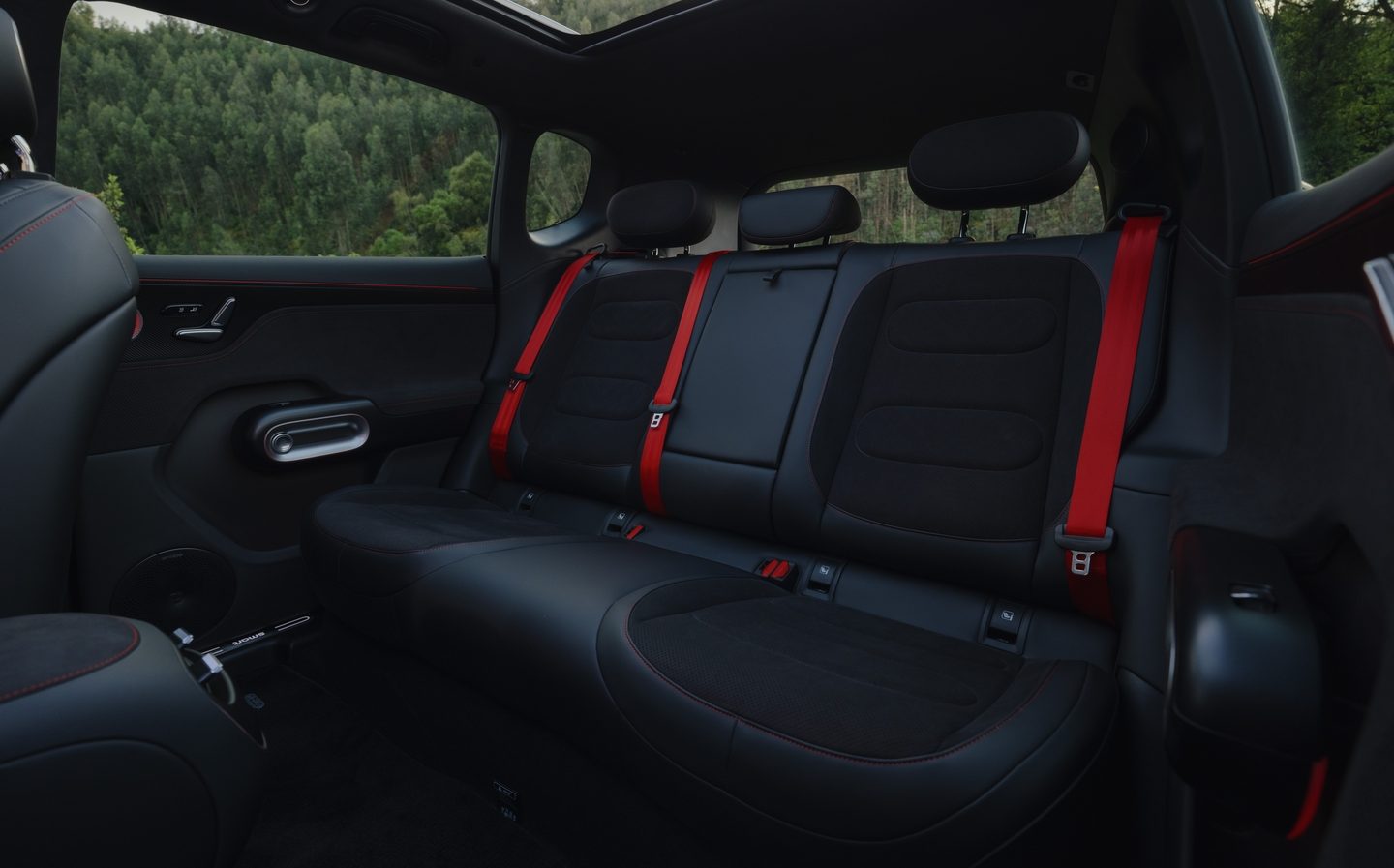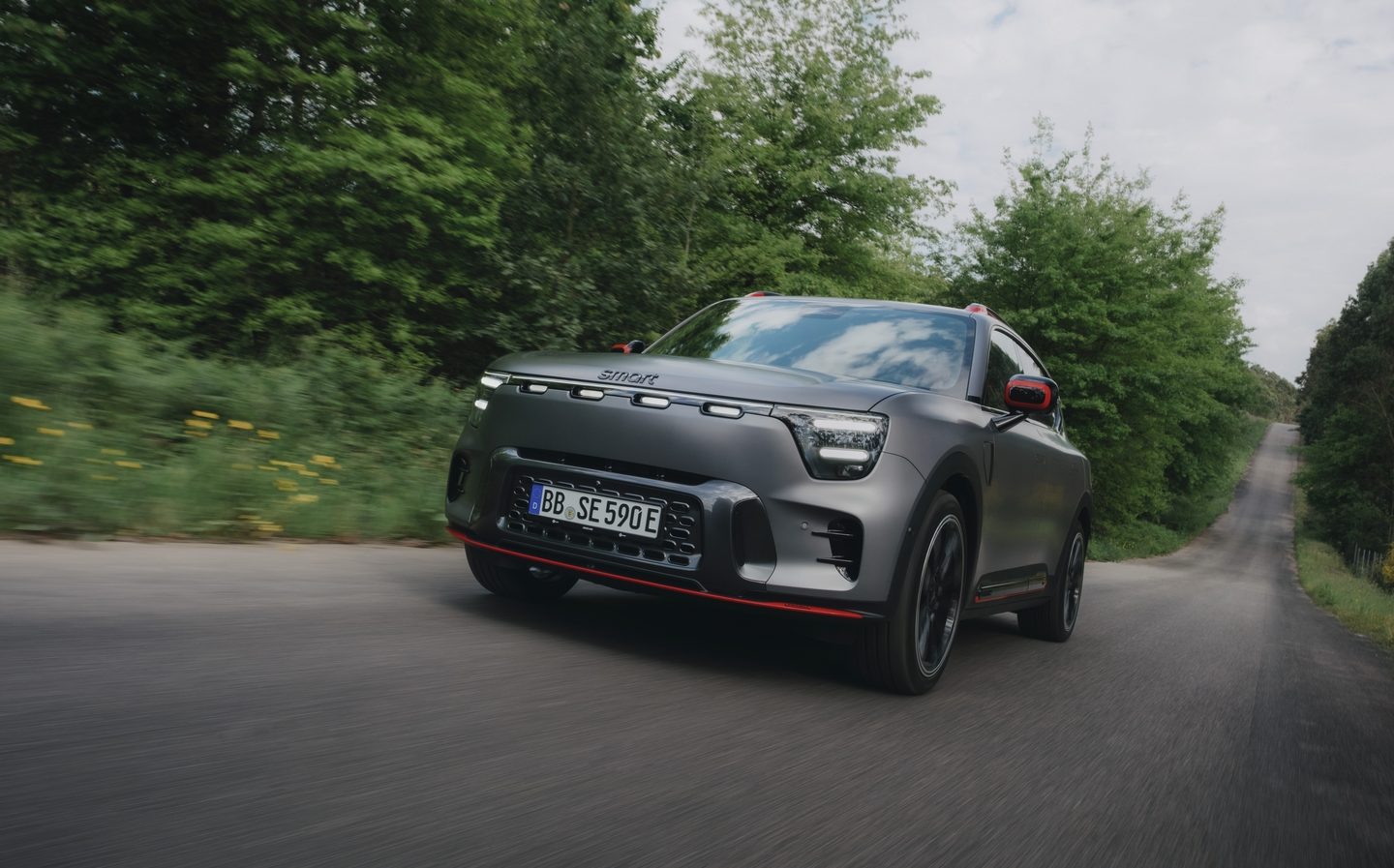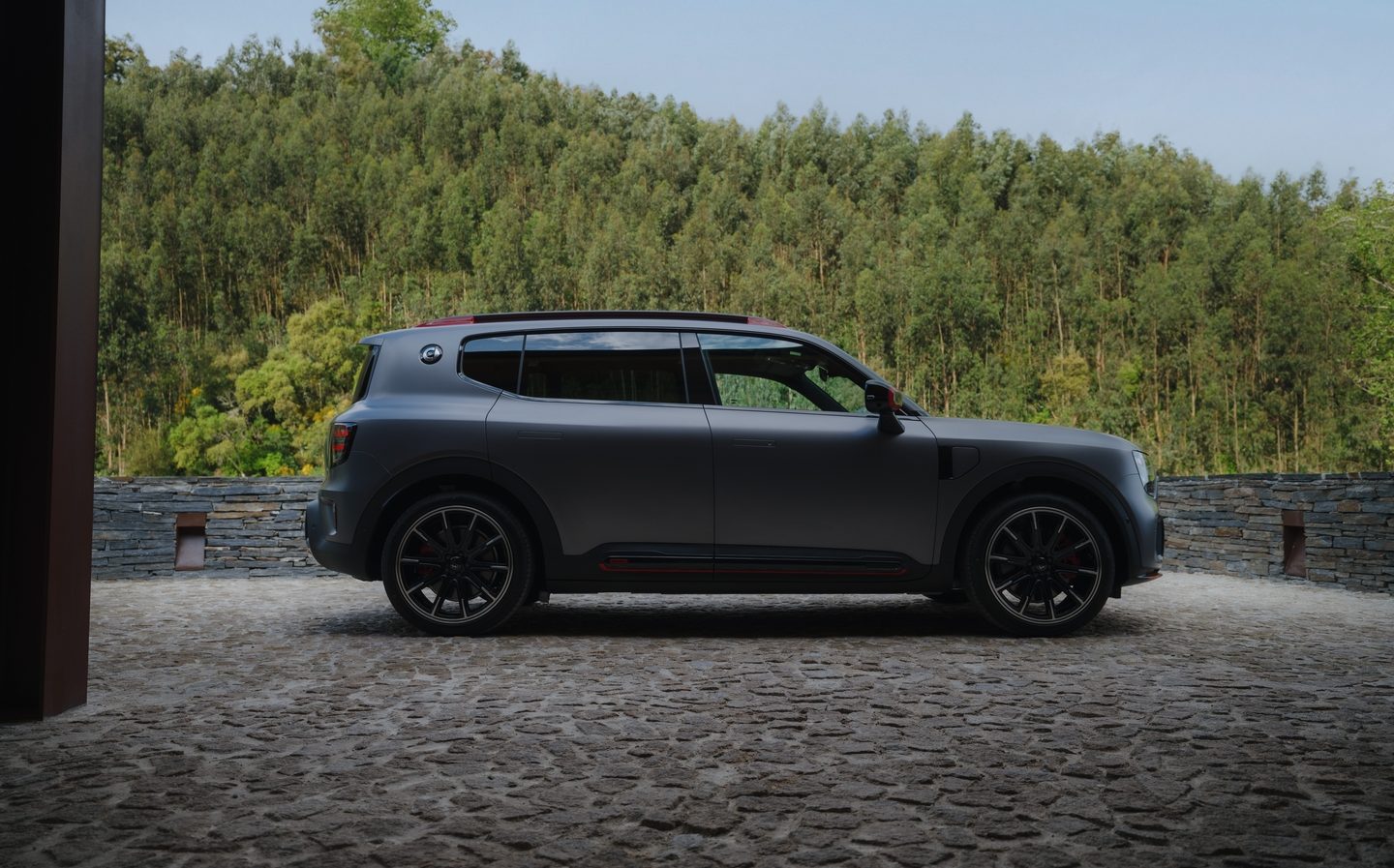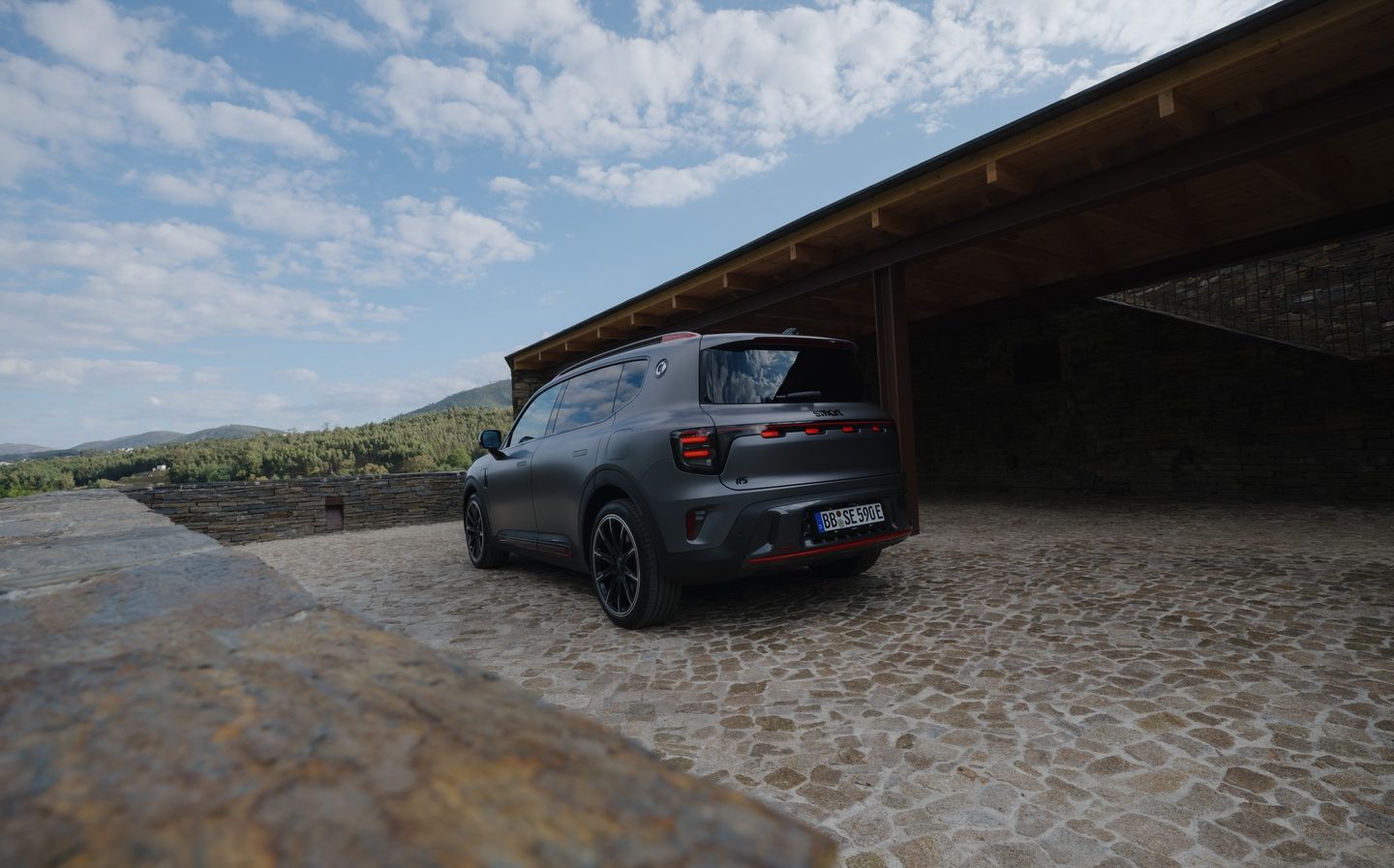Smart #5 2025 review: Not a high five, but the best Smart for years
Way bigger than it looks
Careers advisers the world over have been telling desperate jobseekers and uninspired school kids the same thing for years: find what you’re good at and stick with it. Car brand Smart hasn’t been listening, though, and its recent reinvention is a world away from its compact city car roots.
Having made its name with the teeny-tiny ForTwo, the Mercedes-owned Smart brand became synonymous with dwarfish urban runabouts. The two-seat “Smart car” was instantly recognisable, and hard to miss when parked nose-in to the kerb alongside parallel-parked regular vehicles.
Admittedly, the three models it produced between 1998 and 2024 weren’t always brilliant, and Smart’s forays into compact family cars and even junior sports cars yielded results best described as mixed. Still, the project was bold and made Smart famous.
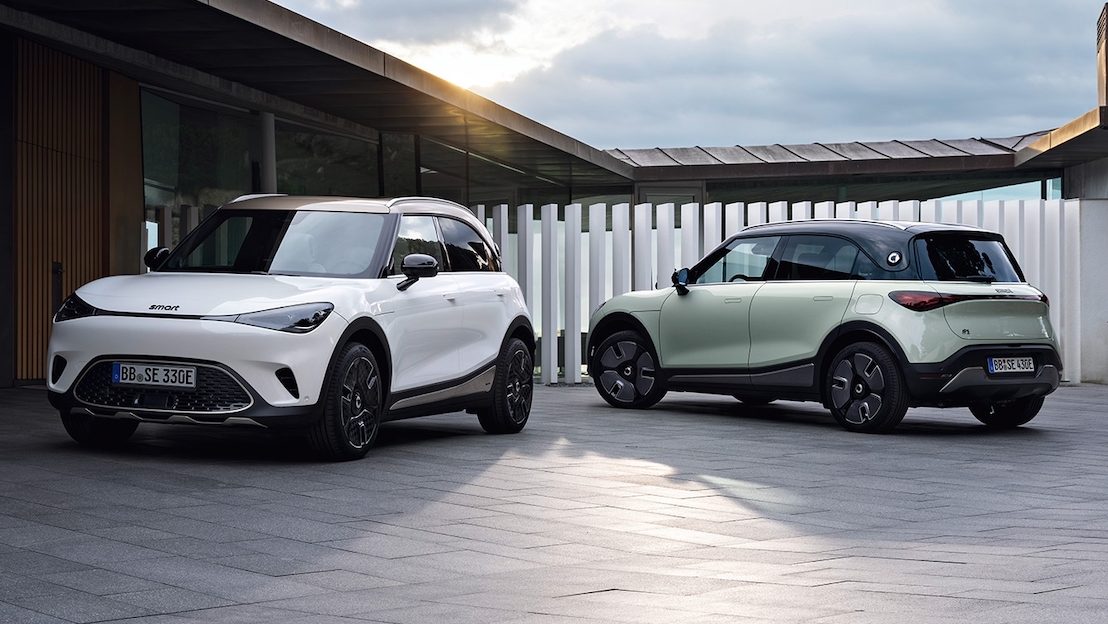
Now, though, thanks in no small part to Chinese investment (megafirm Geely bought a 50 per cent stake in 2019), the brand has dropped its pursuit of urban fame with a new-look range of more family-orientated models.
Even the smallest effort, the #1 (unfortunately pronounced “hashtag one”), is a Volkswagen ID.3/ Golf-sized family hatch. The logic is sound — various rules and regulations, as well as market forces, mean there’s more money in larger cars — but ditching city cars from the off still came as a surprise to many.
The brand’s transformation seems to be complete with the arrival of the new #5 (yep, “hashtag five”). Keen proponents of something called counting will not be surprised to find the #5 is even bigger than the #1, but the new SUV is even bigger than it looks in the pictures. It’s a matter of proportions — the side windows seem to not have much height compared with the distance from the shoulder line to the floor, which apes small car ratios — but we were a bit surprised at its scale up close.
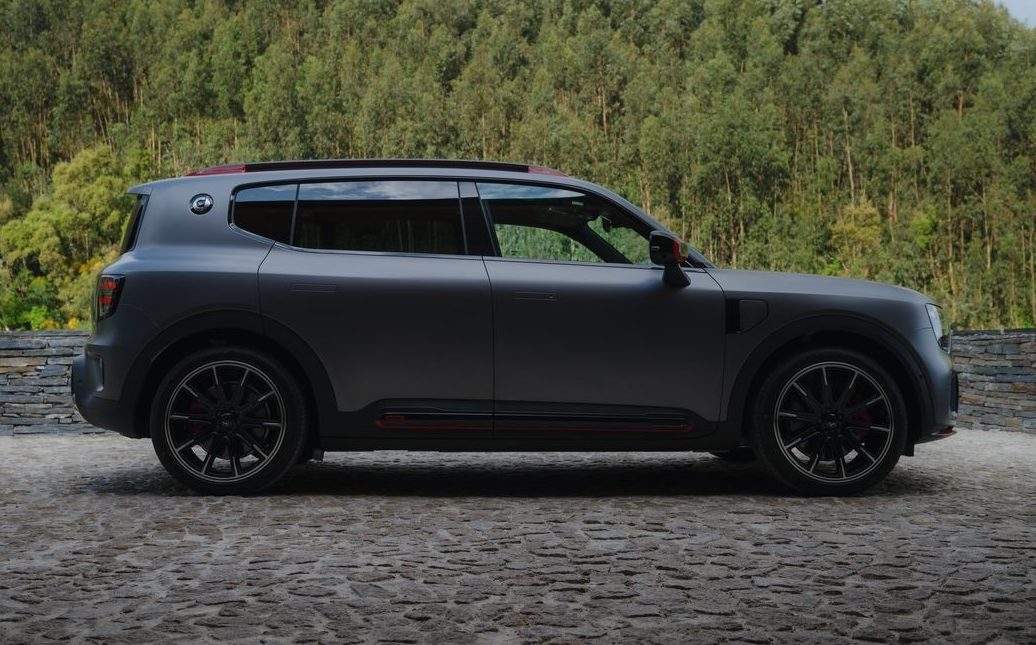
In fact, the Smart is larger than the Skoda Enyaq in pretty much every dimension, though the difference isn’t massive. Regardless, the #5’s measurements mean it rivals some big players in the electric SUV market, including the Enyaq, Nissan Ariya and Ford Explorer.
Smart hasn’t confirmed UK prices yet, partly because the #5 doesn’t go on sale until the tail end of this year, and so anything announced now would like be adjusted by then, but the brand has said we should expect a starting price of between £40,000 and £45,000 for the entry-level versions. That makes the Smart a bit more expensive than some of its rivals, but not outrageously so. Even less when you notice that it’s generously equipped and nicely made.
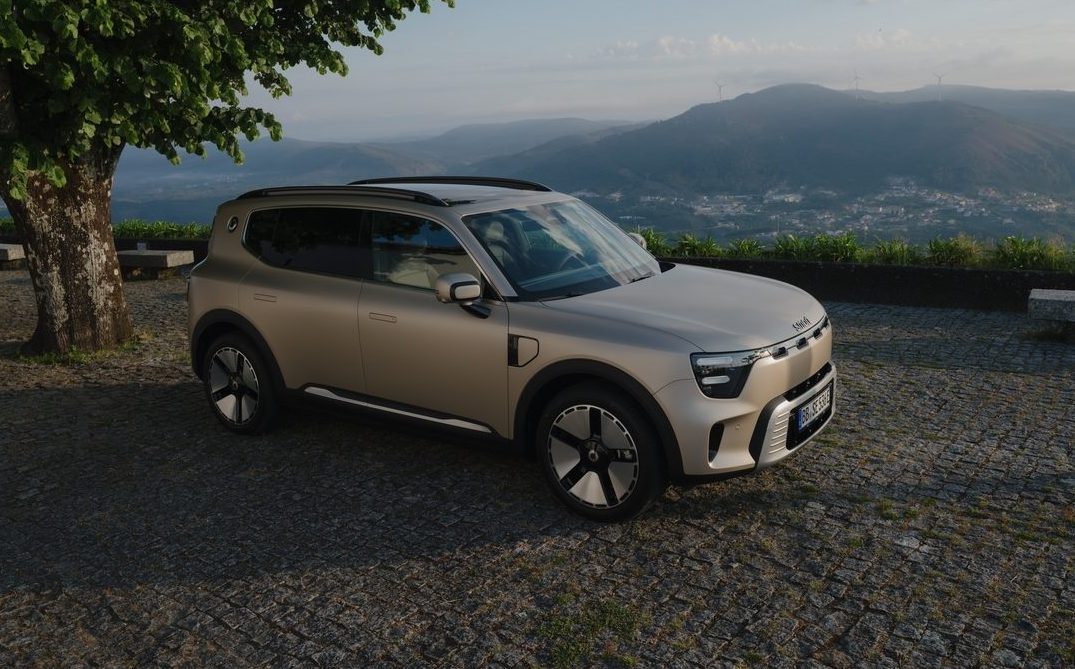
For example, Base versions of the #5 get lots of toys, including a panoramic glass roof, digital screens, keyless entry and faux-leather upholstery. Spend a bit more and you can have larger wheels and a big touchscreen on the passenger side of the cabin… and who wouldn’t want that?
The styling feels a bit Early Learning Centre in places but the materials are generally pretty good, and it’s neatly laid out. We’d like a few more buttons for heating and ventilation, and we’d really like some dedicated switchgear with which to adjust the door mirrors, but those ergonomic foibles aside, it’s difficult to fault.
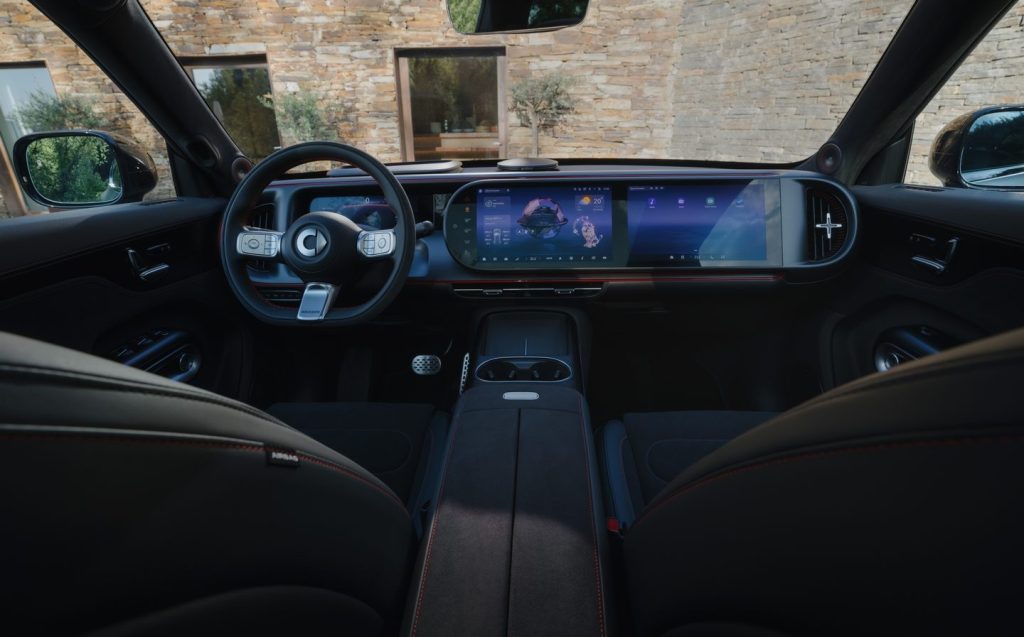
And if you sit in the back, it’s even more impressive. The rear seat passengers get the kind of space that makes Professor Brian Cox gaze into the middle distance in wonderment, and the boot is almost large enough to host a small solar system. I say almost, because it isn’t quite as big as the boot in a Skoda Enyaq, but it’s a close-run thing. Maybe the “Smart” name does still make sense.
The #5 also benefits from a luggage bay under the bonnet, although the capacity of that space varies depending on which version you choose. Pick a basic rear-wheel-drive model and you’ll get 72 litres up front — enough, Smart claims, to accommodate a carry-on suitcase — but that falls to 47 litres in the sporty, twin-motor, all-wheel-drive Brabus version we tested. So, “luggage space” in the Ryanair sense.
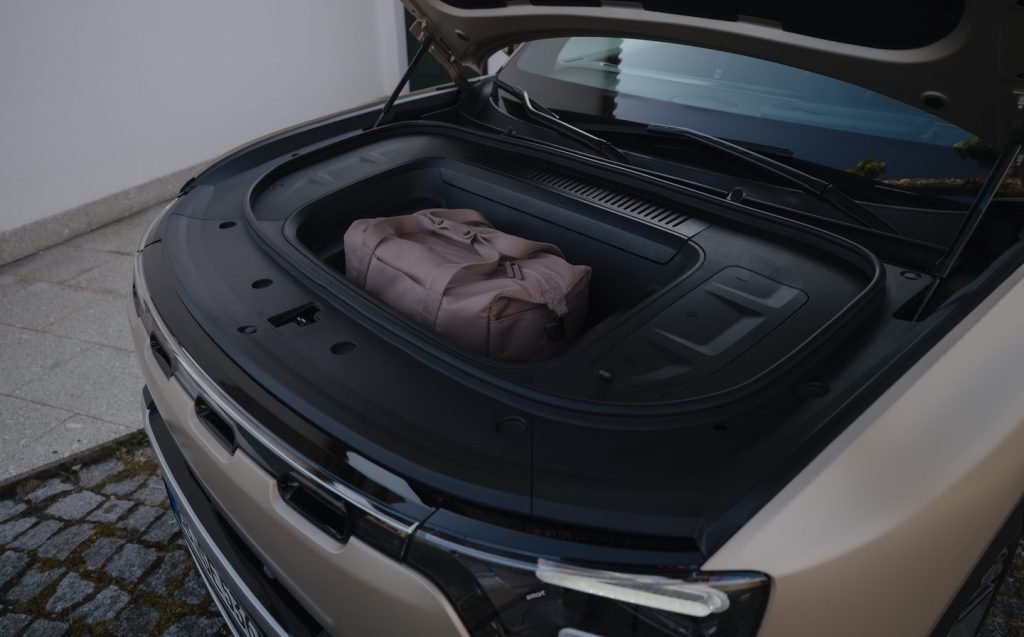
Typically, though, it isn’t all plain sailing for the #5 from here. While the technology is a significant improvement on what we saw in early versions of the #1, with better graphics and better screen response times, it still isn’t perfect. The menus are a bit fiddly in places, and we still haven’t worked out why there’s a crystal lion roaming the screens. Surely Peugeot has something to say about that?
Nor have we worked out quite how Smart has snuck the passenger display past the safety regulators. There’s nothing wrong with the idea of allowing a front-seat passenger to choose media or climate settings — or even watch videos or play games — without disturbing the main touchscreen, but there’s a definite risk of distraction for the driver. Where other brands tend to put a sort of film layer in the screen that makes it more or less invisible to those in the hot seat, Smart simply hasn’t bothered. The company claims its driver monitoring tech will prevent any issues, but our tests found the system was worryingly unreliable.
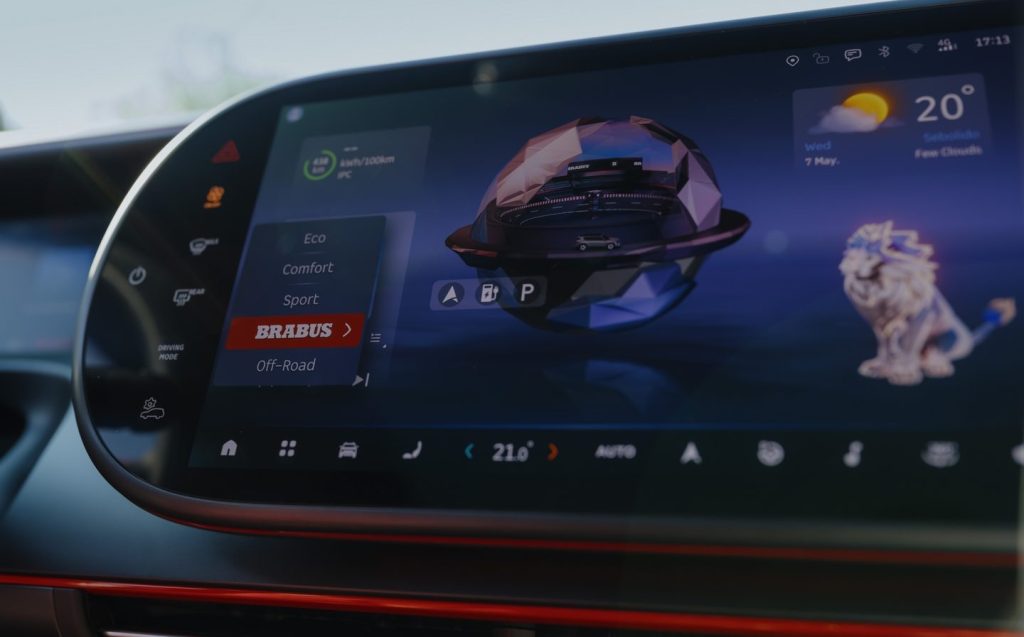
Then there’s the question of the technology that’s hidden under the car’s skin. Smart is offering the #5 with a choice of two different battery sizes that give it a range of between 288 and 366 miles, depending on the trim level and the motor layout. There’s nothing very surprising about that — competitor products offer similar ranges — but Smart is doing it with batteries that are considerably bigger than those fitted to the Skoda Enyaq, or most other rivals of this size.
Put simply, the Smart isn’t very efficient. Even the long-range versions of the #5 only have similar range to the longest-range Enyaqs, but they achieve that with a battery that’s roughly 30 per cent larger.
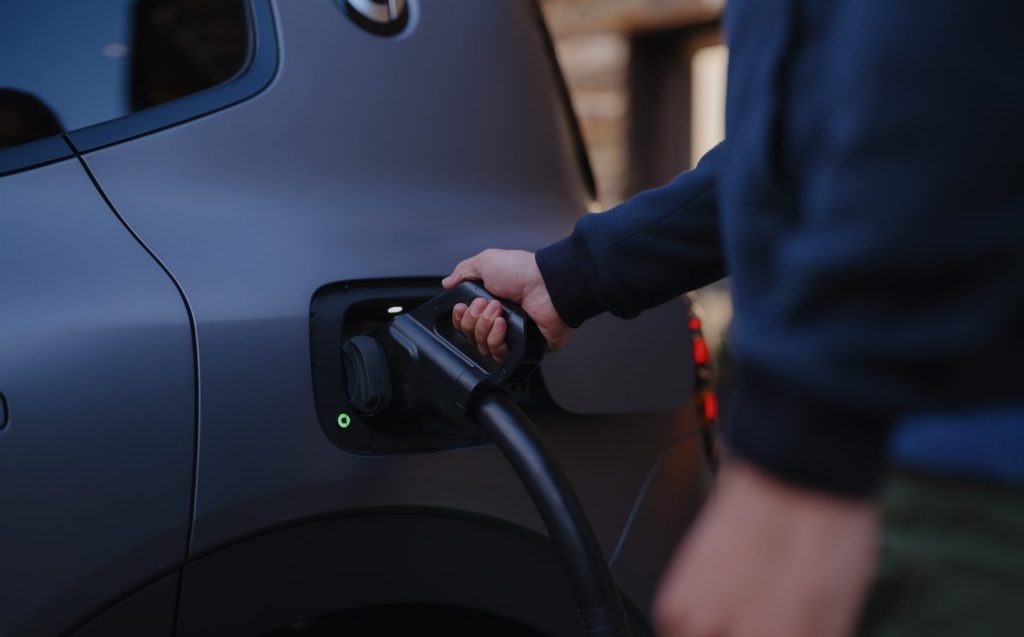
What the Smart will do, however, is charge very quickly. The biggest battery, with an energy capacity of 100kWh, will charge at speeds of more than 400kW (or four times as fast as a Jaguar I-Pace) in the right conditions, and that means the battery can be topped up from 10 to 80 per cent in about a quarter of an hour.
All of which would be wonderful, were it not for the fact 400kW public charging points don’t yet exist in the UK. And because you’re limited by the power of the charger as much as you’re limited by what the car can take, the 400kW promise is a little disingenuous.
Still, that means the charger will almost always be the limiting factor in charging the #5 for many years to come, and customers should be able to make the most of any 300kW or 350kW chargers they come across. It also means if and when 400kW charging does arrive, the Smart will be ready for it.
More immediately, however, the massive battery means charging using a domestic wallbox charging unit will take quite a long time. Well over 12 hours, in fact. But bear in mind you’re unlikely to be charging from flat every day, so waking up to a less-than-full battery is probably going to be rare.
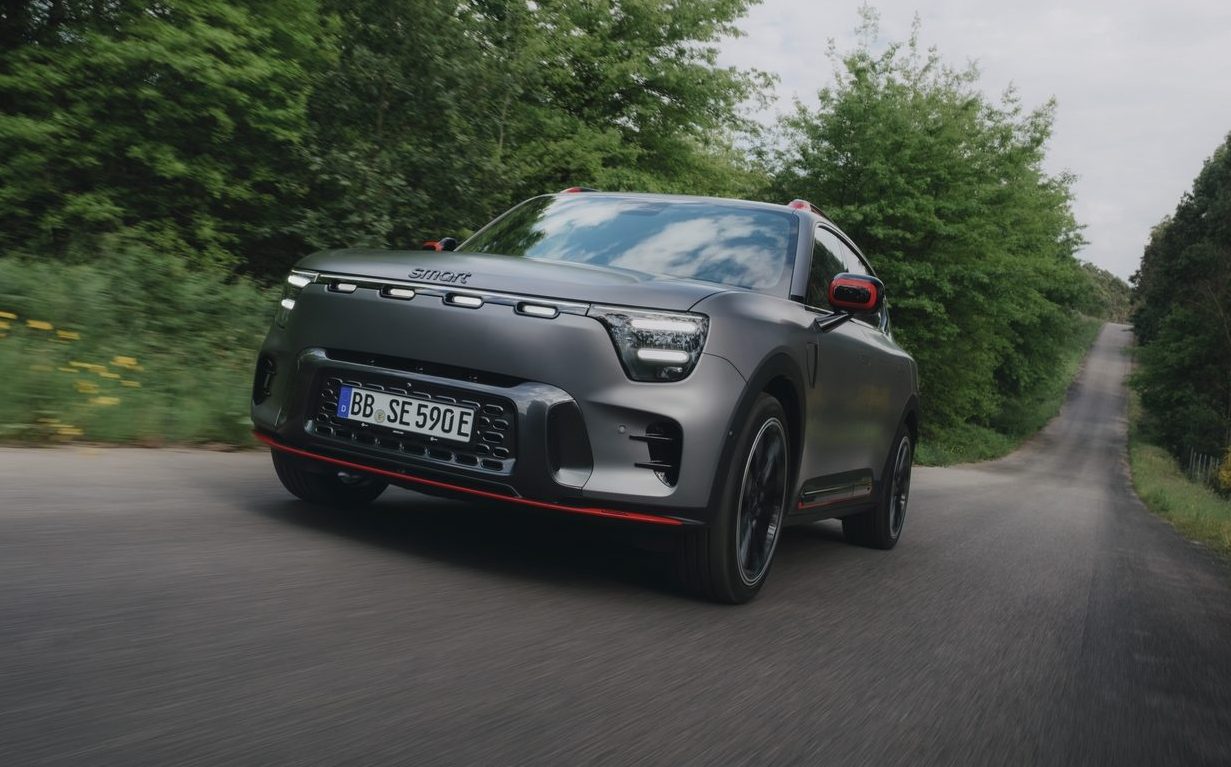
Still if you’re running late, you can at least count on the Smart #5 Brabus to make up for lost time. Obviously, we don’t condone the use of excessive speed but it is jolly quick in a straight line, with more than 600bhp split between its four driven wheels to get it from standstill to 62mph in 3.8 seconds. It’s so fast, and the response so immediate, that the acceleration is actually uncomfortable.
Strangely, though, despite the speed and the styling, the Brabus versions of the #5 don’t get any suspension upgrades to make them better in the corners. In fact, the Brabus’s springs are tuned in exactly the same way as any other twin-motor #5, which means the ride is pretty supple but there’s a fair bit of lean in bends.
That’s fine in conventional models, but we were hoping for a slightly sportier edge from the Brabus. Even with its chunky kerb weight — amazingly the Brabus weighs more than a Bentley Flying Spur — the Smart is quick, but it isn’t the performance car all the Brabus styling might suggest.
As a result, it’s tricky to recommend this Brabus version of the #5, which is expected to cost somewhere in the region of £50,000-£55,000. But lowlier versions of the car — the single- and dual-motor models with the 100kWh battery pack — make much more sense. In fact, if the brand prices them correctly, those cars might well be the best products to wear a Smart badge since the ForTwo was introduced.
Chinese carmakers: Smart
Smart is a German-Chinese car brand with headquarters in Ningbo, Zhejiang, China. Smart Automobile Co., Ltd. is a 50:50 joint venture between Mercedes-Benz AG and Zhejiang Geely Holding Group, a privately-owned multinational conglomerate headquartered in Hangzhou, Zhejiang.
Related articles
- If you enjoyed our review of the new Smart #5, you may want to read Will Dron’s review of the Smart #1
- You might also like to read our review of the new Renault 4 E-Tech electric
- Click here to see all the car makers’ electric vehicle plans
Latest articles
- Extended test: 2024 Renault Scenic E-Tech review
- Smart #5 2025 review: Not a high five, but the best Smart for years
- BMW iX xDrive45 review 2025: Divisive looks remain but updated electric SUV is otherwise superb
- F1 2025 calendar and race reports: The new Formula One season as it happens
- Aston Martin Vantage Roadster 2025 review: Still hardcore but with added pose factor
- Updated Skoda Enyaq vRS matches 0-62mph time of Czech firm’s fastest-ever car
- Long Way Home review — Ewan McGregor and Charley Boorman hit the road again
- ‘I was a tear-soaked mess’ — Richard Hammond opens up on his last Top Gear show during new race with James May
- Best-selling cars 2025: The UK’s ten most popular models of the year so far


